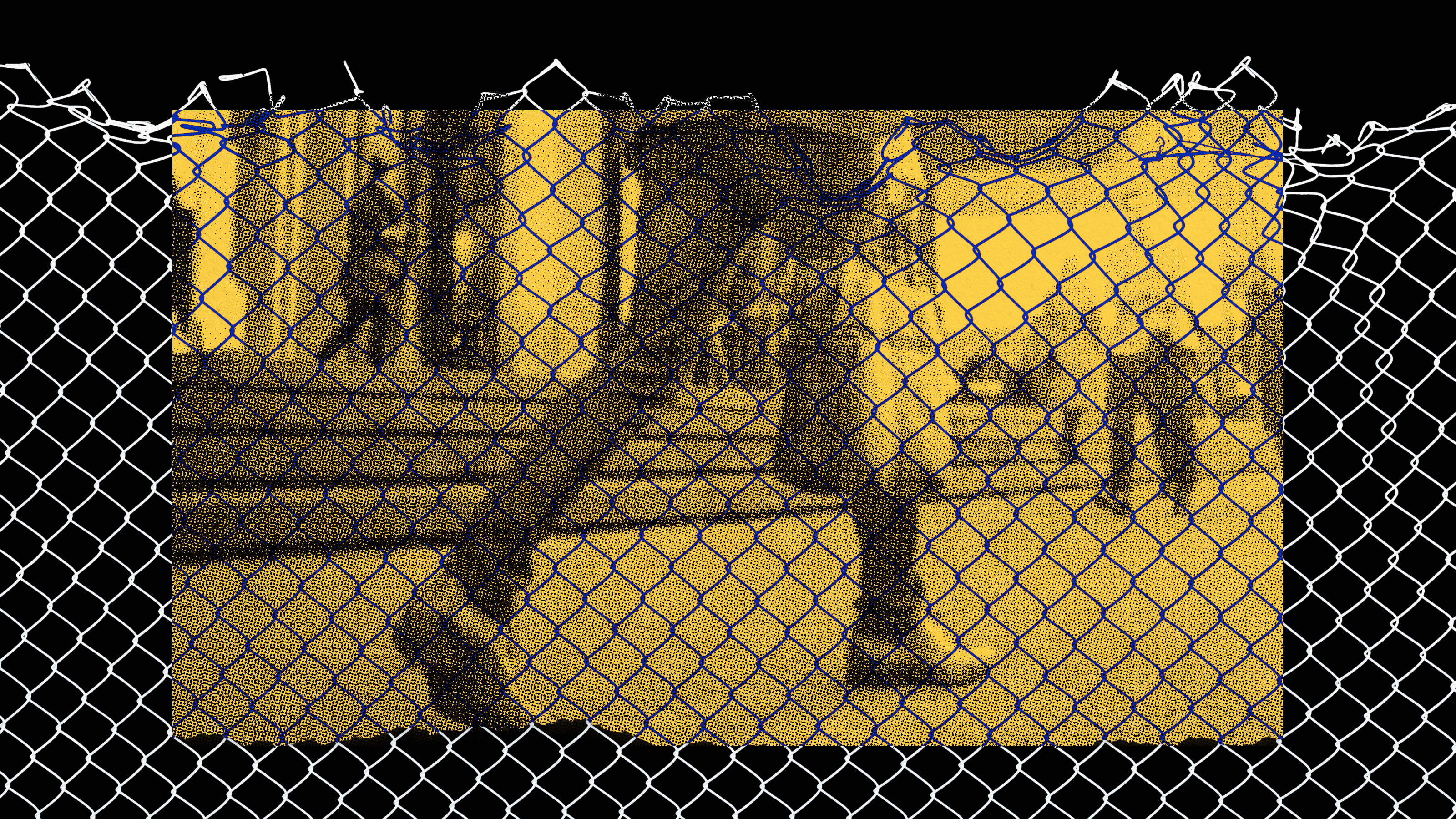Should a Religious Headscarf Disqualify You from a Job?

Last week, the Supreme Court heard oral arguments in Equal Employment Opportunity Commission (EEOC) v Abercrombie & Fitch Stores, a case involving a Muslim woman whose headscarf, or hijab, disqualified her from a job selling children’s clothes in 2008. The government says Abercrombie & Fitch violated Title VII of the Civil Rights Act of 1964, which bans employers from failing to hire someone because of “race, color, religion, sex or national origin.” The company responds that it has a “look policy” according to which Abercrombie salespeople (known as “models”) sartorially reproduce the breezy nonchalance of East Coast college boys and girls. In denying Samantha Elauf a job, despite her great interview, the store was just enforcing its ban on “caps” and black clothing.
The crux of the disagreement in Abercrombie is whether, under Title VII, the job applicant must alert the interviewer to religious beliefs or practices that conflict with workplace policies. Abercrombie says that since Elauf did not explain the significance of her hijab or request an exception from the no-hats policy, the store was under no obligation to hire her.
Two unlikely allies, liberal Justice Elena Kagan and conservative Justice Samuel Alito, put on a good show in pointing out exactly what is wrong with the store’s position. Justice Alito sliced through the Abercrombie’s lawyer’s insistence that the burden must be on the applicant to request a religious accommodation, not on the employer to offer it when it detects a conflict between an applicant’s religion and company policies:
JUSTICE ALITO: “All right. Let’s say four people show up for a job interview at Abercrombie. And this is going to sound like a joke, but, you know, it’s not. (Laughter.) So the first is a Sikh man wearing a turban; the second is a Hasidic man wearing a hat; the third is a Muslim woman wearing a hijab; the fourth is a Catholic nun in a habit. Now, do you think … that those people have to say, ‘We just want to tell you, we’re dressed this way for a religious reason. We’re not just trying to make a fashion statement.’?”
Credit Shay Dvoretzky, the company’s lawyer, with not breaking into a chuckle; he did seem on the verge. All he could say in response was that “one can certainly imagine cases in which it is more obvious than others that a particular … garb is likely worn for religious purposes” and a lame contention that Elauf’s headscarf wasn’t so obviously a hijab, despite the interviewer’s testimony that she “figured that the headscarf signified that it was a religious headscarf.” Justice Alito’s point hung in the air, casting a cloud over the respondent’s position. The storm came a few minutes later: “The reason that she was rejected was because you assumed she was going to do this every day and the only reason why she would do it every day is because she had a religious reason.”
Justice Kagan was just as cutting in her takedown of Dvoretzky’s response to the government’s approach to the case. Asking employers to offer reasonable accommodations for religious beliefs and practices when they “correctly understand” one to be necessary, Dvoretzky argued, inevitably promotes stereotyping and problematic inquiries into applicants’ religious beliefs. Justices Alito and Sonia Sotomayor easily exposed that as a canard: simply informing applicants of the policy and asking if they would have any problem fulfilling it involves no intrusive questioning about applicants’ religious beliefs. But even if the discussions were a bit sensitive, Justice Kagan asked, isn’t it worth the cost?
JUSTICE KAGAN: “But you’re essentially saying that the problem with the rule is that it requires Abercrombie to engage in what might be thought of as an awkward conversation, to ask some questions. Now, people can disagree about whether one can ask those questions in a way that’s awkward at all, but you’re saying we should structure the whole legal system to make sure that there is no possibility of that awkward conversation ever taking place. But the alternative to that rule is a rule where Abercrombie just gets to say, ‘We’re going to stereotype people and prevent them from getting jobs. We’ll never have the awkward conversation because we’re just going to cut these people out and make sure that they never become Abercrombie employees.’ Now, between those two options, the option of using a stereotype to make sure that somebody never gets a job and using a stereotype to have an awkward conversation, which does this statute seem to think is the worst problem?”
After the Alito-Kagan one-two punch, Justice Stephen Breyer entered the ring to clarify Abercrombie’s position and deliver a knockout:
“Okay. I got you. Is this right? … There are millions of people who are practicing one religion or another where you get a clue of that from their name or maybe their dress or whatever it is. And whenever we have such a person applying, if she doesn’t say anything … and we don’t hire them or we don’t do it, we’re going to get sued. And we don’t want all those lawsuits … Have I got the essence of your message?”
When Dvoretzky replied, “That’s right,” Justice Breyer beamed and nodded vigorously, glancing all around the bench and out at the audience, as if to say Abercrombie’s goose was officially cooked. The bottom line is that company is fighting the EEOC because it doesn’t want to have to worry about being sued for religious discrimination. That may make good business sense, but it makes little sense for a law designed to prohibit just the kind of discrimination Abercrombie engaged in when it refused to hire Elauf.
This is the second case this term to consider whether a Muslim American deserves a reasonable accommodation for his or her religious beliefs. The first time, the Court ruled unanimously in a Muslim inmate’s favor. This time, at least five or six justices seem poised to say that Abercrombie erred in disqualifying a young woman for wearing her religion on her sleeve.
Image credit: Shutterstock.com




